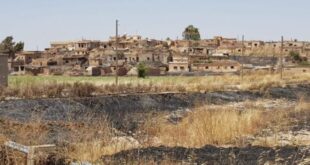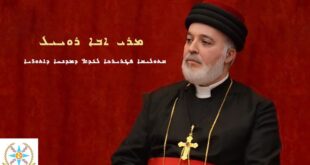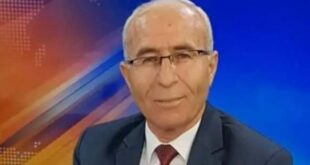
Iran has resumed uranium conversion |
Friday, 18 November 2005
Iran has passed on to United Nations inspectors documents on how to build a crucial part of a nuclear bomb, the UN’s atomic agency says.
Tehran says it got the information from the nuclear smuggling network run by disgraced Pakistani scientist AQ Khan, according to an agency report.
The Iranians say they neither requested the data from AQ Khan nor used it.
The agency concludes Iran has improved co-operation with its inspectors, but has yet to provide full transparency.
The report by the International Atomic Energy Agency (IAEA) said more openness was “indispensable and overdue”.
Tehran insists its nuclear programme is for energy purposes only.
|
IRAN‘S NUCLEAR STANDOFF
September 2002: Work begins on Iran‘s first nuclear reactor at Bushehr
December 2002: Satellite photographs reveal nuclear sites at Arak and Natanz. Iran agrees to an IAEA inspection
September 2003: IAEA gives Iran weeks to prove it is not pursuing atomic weapons
November 2003: Iran suspends uranium enrichment and allows tougher inspections; IAEA says no proof of any weapons programme
June 2004: IAEA rebukes Iran for not fully co-operating with nuclear inquiry
November 2004: Iran suspends uranium enrichment as part of deal with EU
August 2005: Iran rejects EU proposals and resumes work at Isfahan nuclear plant |
But many board IAEA members are concerned about Iran‘s decision to resume uranium conversion – a precursor to enrichment. Highly enriched uranium can be used to make nuclear weapons.
In a five-page internal report, the agency said the Iranians had obtained data on casting and machining uranium metal, from AQ Khan’s network in 1987.
A source familiar with the report told the BBC the information amounted to “design information which could be used for a critical part of a nuclear bomb”.
BBC diplomatic correspondent Jonathan Marcus says the document raises many questions.
The handover would appear to be a demonstration of good faith – but Iran‘s recent resumption of uranium conversion suggests a hardening of the Iranian position, our correspondent adds.
‘Common goal’
The chief US delegate to the IAEA, Gregory Schulte, said the information “concerns us very much”.
“Iran owes the board of governors its explanation of what was it doing with these documents,” he said.
|
NUCLEAR FUEL CYCLE

Mined uranium ore is purified and reconstituted into solid form known as yellowcake
Yellowcake is converted into a gas by heating it to about 64C (147F)
Gas is fed through centrifuges, where its isotopes separate and process is repeated until uranium is enriched
Low-level enriched uranium is used for nuclear fuel
Highly enriched uranium can be used in nuclear weapons.
|
“Why did it fail to disclose them to the board and to the IAEA in the past?”
The IAEA report called on Tehran to give more information on equipment that could have both civilian and military uses.
It also said Iran had to provide access “to relevant military-owned workshops and research and development locations”.
Talks between European countries and Iran broke down in August, when Iran resumed nuclear conversion for the first time after a nine-month hiatus.
In September the IAEA’s board called on Iran to cease all nuclear fuel work, and threatened to refer Tehran to the UN Security Council, which can impose sanctions.
The IAEA’s board of governors is set to meet again next week.
The US and Europe want Iran to give up all activities that could be used to make nuclear weapons.
The IAEA report came as senior US envoy Nicholas Burns met British, French and German negotiators in London ahead of next week’s meeting.
US state department spokesman Adam Ereli said the talks would consider “how together we can all act to accomplish our common goal”. |  Assyrian Democratic Organization ADO
Assyrian Democratic Organization ADO








